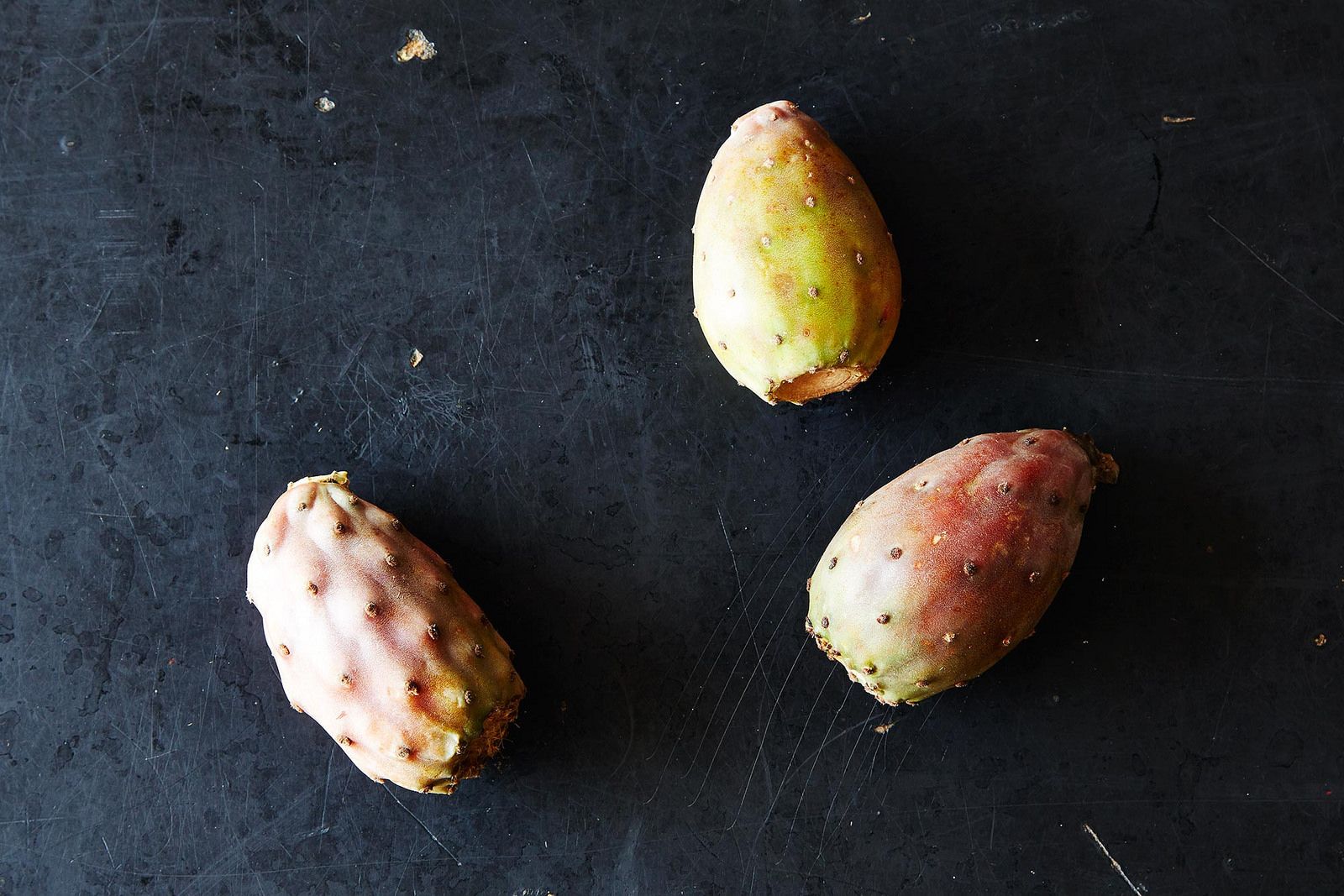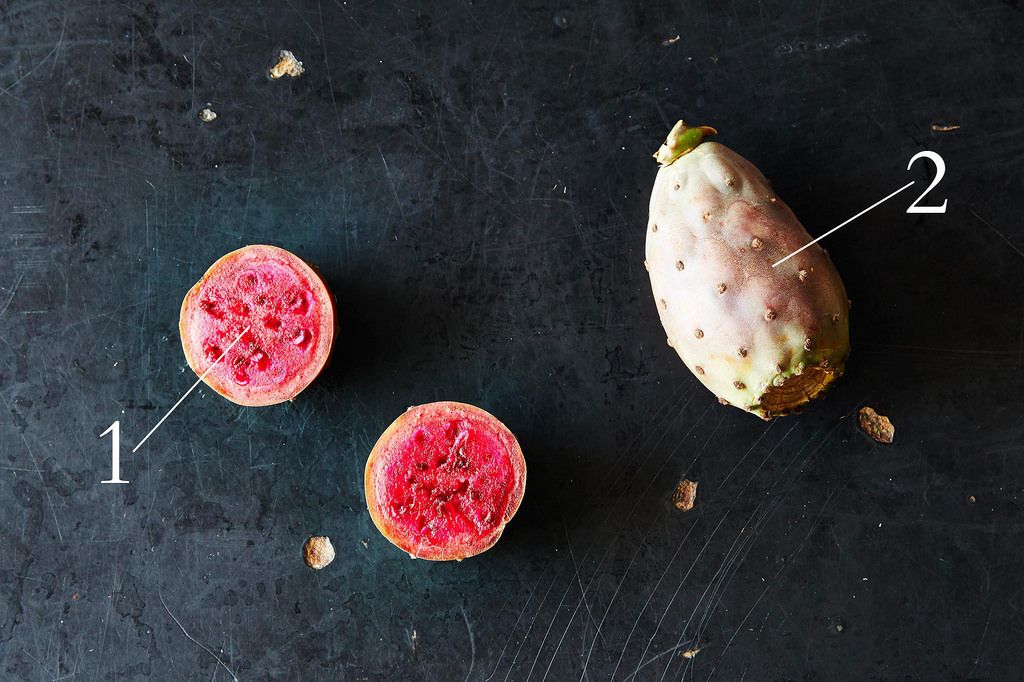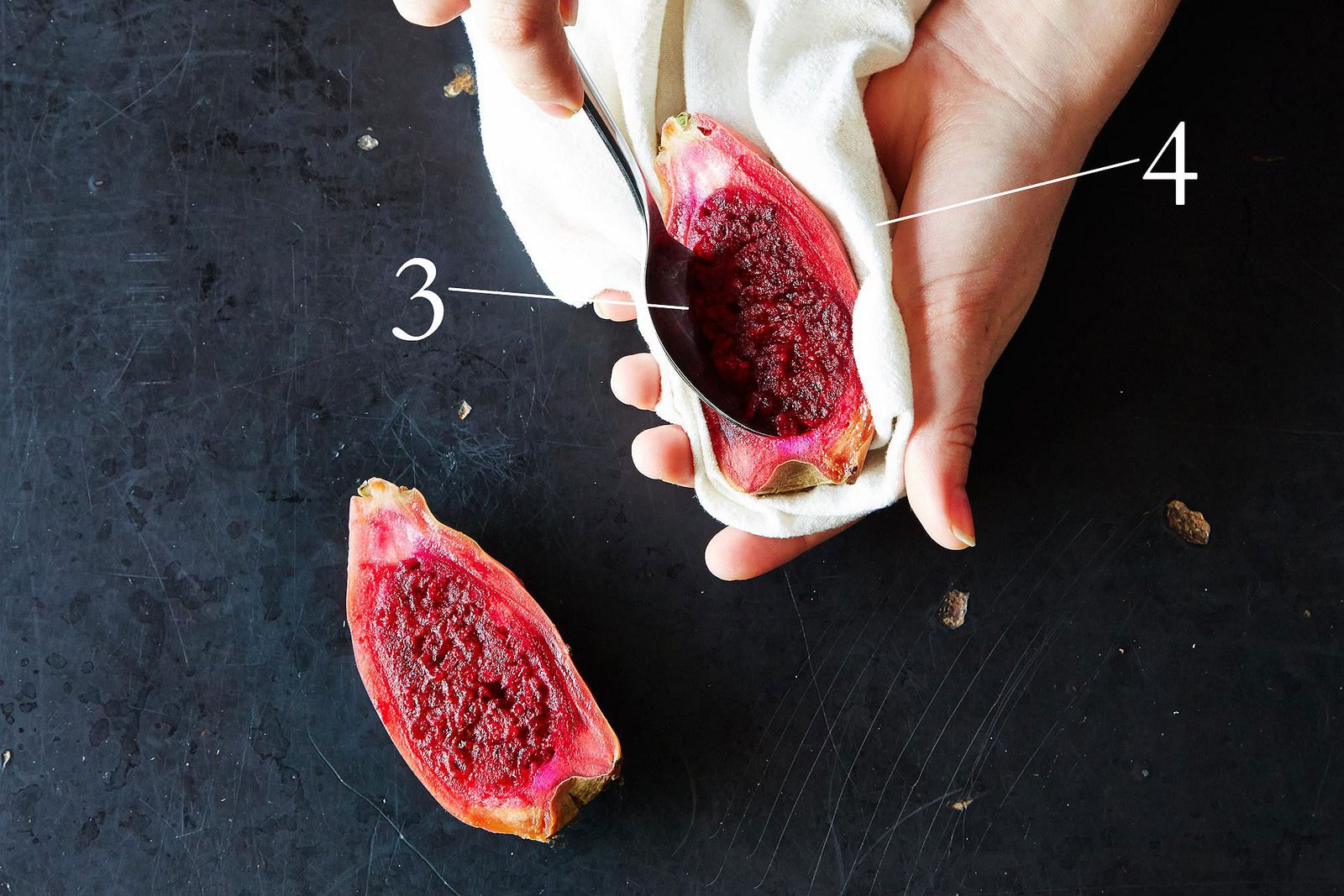Popular on Food52
5 Comments
Sue O.
April 12, 2014
I recently discovered this wonderful fruit, grown by a man in his front yard in Hermosa Beach, CA . . . he brings them to the Friday Venice Farmer's Market. I was so besotten with them that the next week, on a long bike ride up PCH when I spied them along the road, I stopped and hastily picked one . . . I am still fishing needles out of my biking gloves!
KarenLyons
April 12, 2014
My grandmother used to make prickly pear jelly and she'd pick the tuna herself in Arizona. I harvested some tuna and the jelly didn't set. I found out that you need to add some green tuna to the mix because they have more pectin.
aargersi
April 12, 2014
They are all over our neighborhood - we must forage this year!!! My sister in law makes jelly every year
diana
April 12, 2014
As I was saying before auto correct mistakenly corrected a word...... Jelly, not Killy! Lol :)
diana
April 12, 2014
They grow in Kefalonia, Greece. As children when we would visit over the summer, our grandmother who had arthritis and such would go & climb over the rock walls through the neighboring fields where they grew wild & she would pick them when they were ripe. She would not let us touch them until she had cut off the needles & cleaned the fruit. Sliced up & served on one of her old floral kitchen dishes. They always remind me of her. :) A few years back I stumbled upon a Killy made from prickly pears imported from Italy. It was amazing!!!!




See what other Food52 readers are saying.